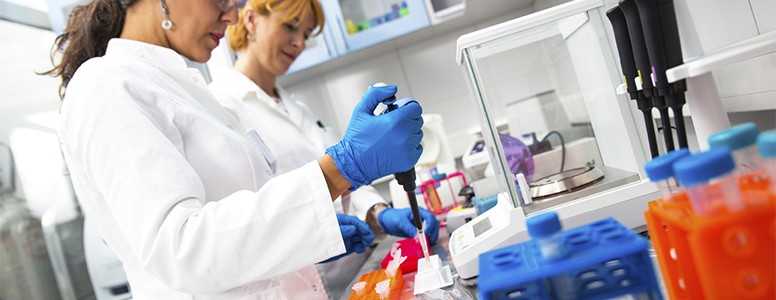A scientific discovery involving the mechanism behind how the pancreas releases insulin could lead to the development of new treatments for type 2 diabetes.
Swedish researchers using high-specification microscopes have identified the protein central to the process of insulin secretio, where the body releases the hormone in response to blood glucose levels.
The breakthrough could influence drugmakers to create better therapies which prompt the pancreas to secrete more insulin, than are currently available.
Whilst there are drugs such as sulphonylureas and glinides which directly stimulate insulin release, they can be too aggressive and this can result in hypoglycemia.
Up until now, the process of how the pancreases releases insulin has not been so clearly understood.
A study team at Uppsala University’s Department of Medical Cell Biology has delved into the process, looking in-depth at one of the key molecular players known as cyclic adenosine monophosphate (cAMP).
Previous research had found that these molecules were created through insulin-producing beta cells when people eat food and that they facilitate the release of insulin by binding to a protein called Epac2A.
But the Swedish researchers have used sophisticated microscopy techniques to reveal a cycle that generates the transportation of Epac2A to the locations where insulin is launched from. The study also discovered that the volume of Epac2A controls the quantity of insulin released.
The findings showed there was “significantly less accumulation of Epac2A” in people with type 2 diabetes compared with those without the condition.
The researchers said: “We conclude that Epac2A controls secretory granule release by binding to the exocytosis machinery, an effect that is enhanced by prior cAMP-dependent accumulation of the protein at the plasma membrane.”
The study was published in the American Diabetes Association’s Diabetes journal.
What's new on the forum? ⭐️
Get our free newsletters
Stay up to date with the latest news, research and breakthroughs.





